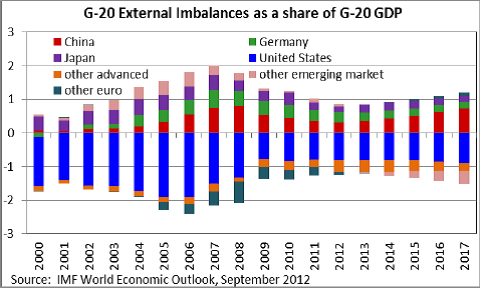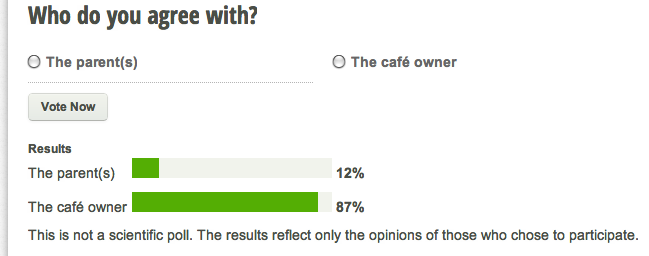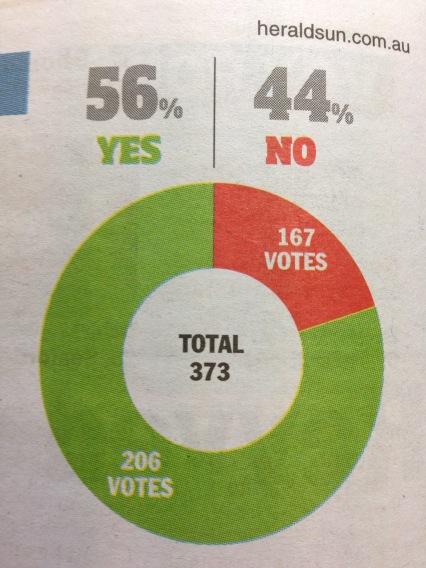How stats made Auckland City Hospital’s heart unit more efficient: Radio New Zealand
When Auckland City Hospital was experiencing a cardiac-surgery cancellation rate approaching 30%, staff decided to ask a statistician for help. The University of Auckland’s Ilze Ziedins is an expert in queuing theory and probability who often works in areas such as telecommunications and traffic; she jumped at the chance to collaborate on a problem that involved people.
Ilze and two of her graduate students, William Chen and Kim Frew, set out to develop a mathematical model of the Cardiavascular Intensive Care Unit using R, a statistical environment and programming language initially developed at The University of Auckland by Ross Ihaka and Robert Gentleman.
The model used real-life data to investigate different staffing and resourcing scenarios, and as a result was able to confirm what hospital staff had suspected – that the Cardiac Intensive Care Unit was the bottleneck creating problems. The model was also able to suggest an optimal staffing regime that took into account the irregular arrival of people in the unit, either from the operating theatre or as the result of an emergency. As a result, ICU director Andrew Kee and other team members were able to allocate more staff and reduce the cancellation rate to about 10%.
Alison Ballance, of Radio New Zealand show Our Changing World, went to Auckland City Hospital to meet Ilze Ziedins and Cardiovascular Services Manager Pam Freeman. Listen to the 13-minute interview here.




